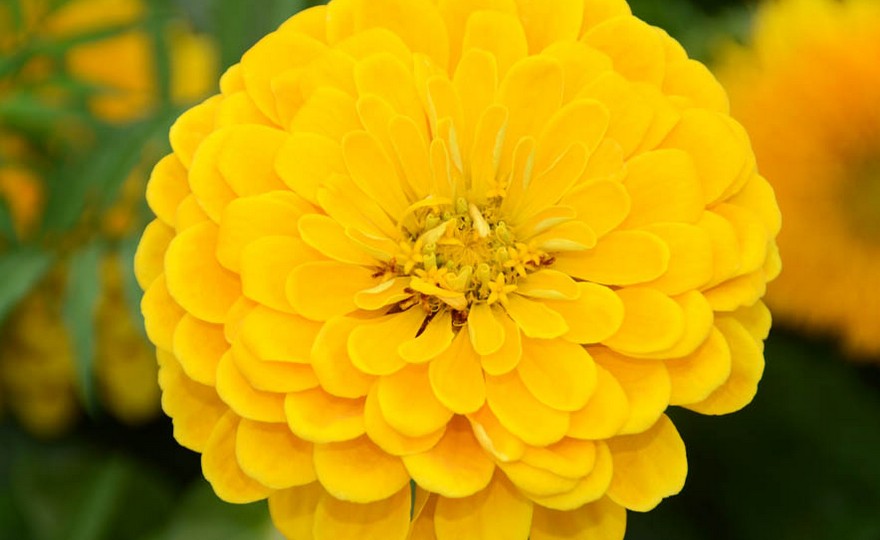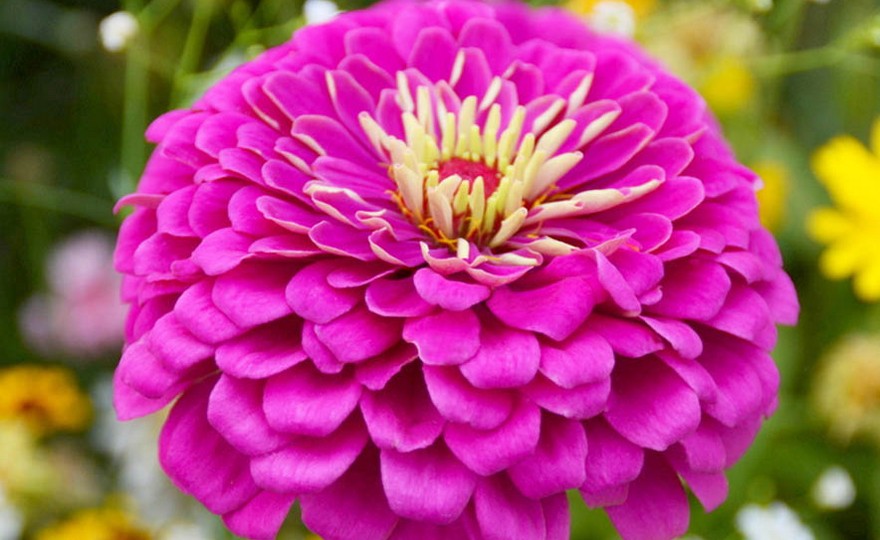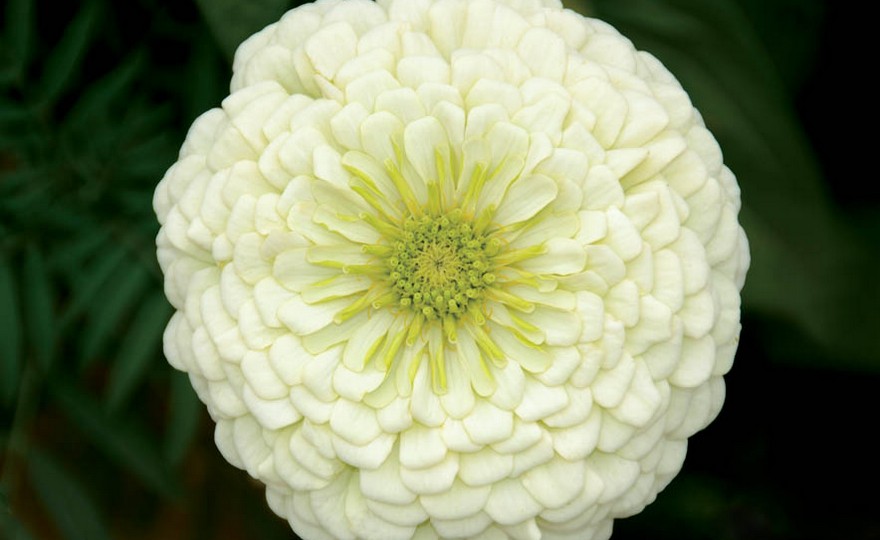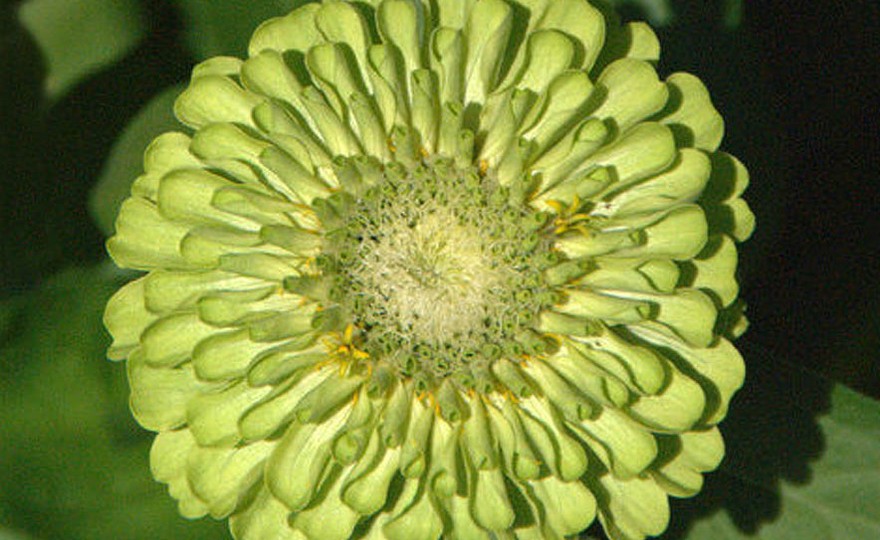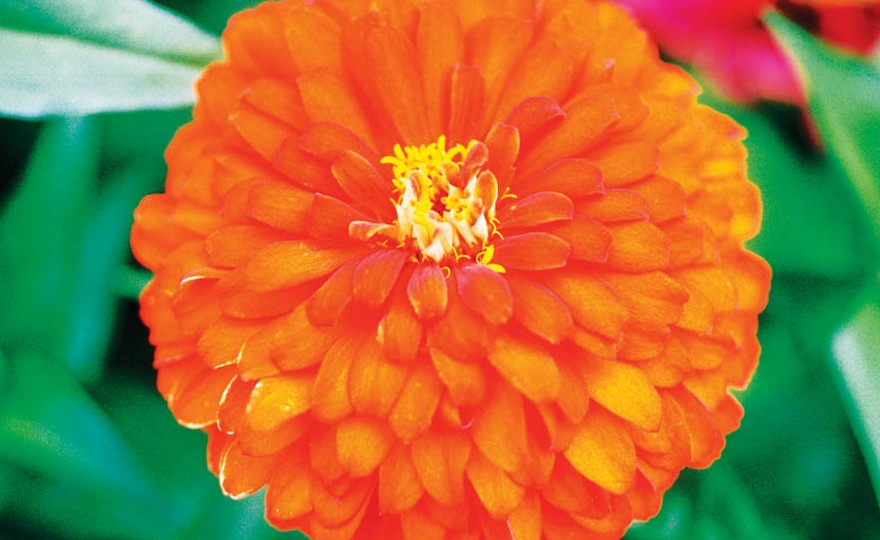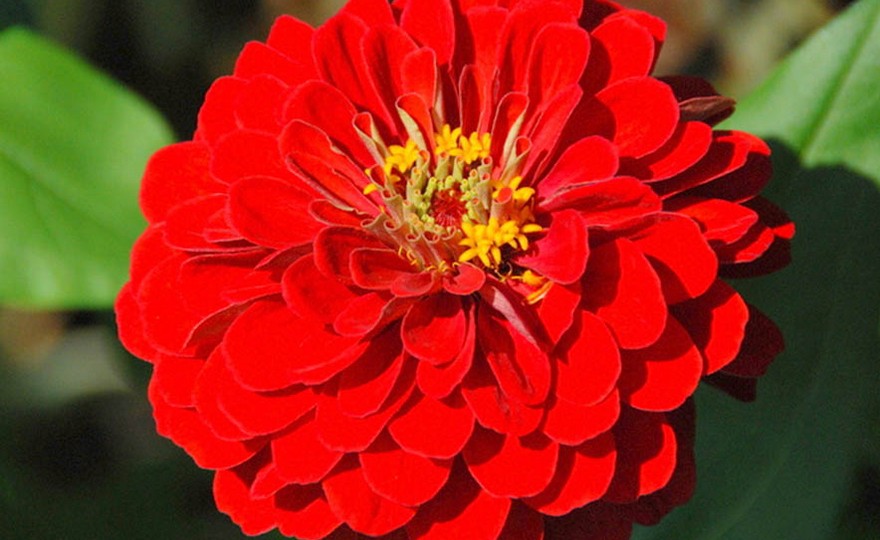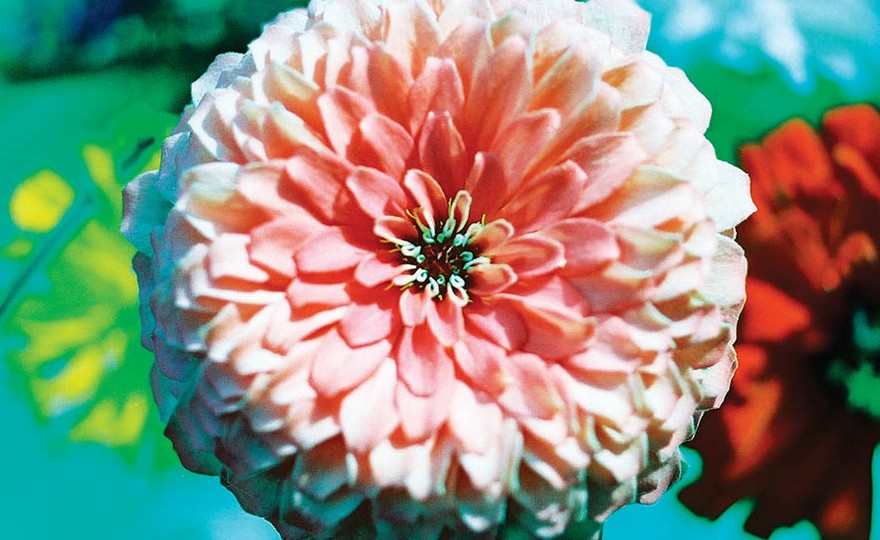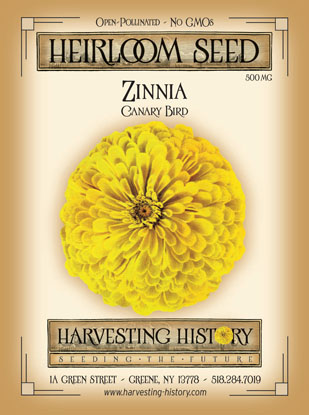
Zinnia, Canary Bird (Giant Dahlia)
-
- **SOLD OUT** HOLIDAY GIFTS **SOLD OUT**
- **SOLD OUT** Holiday Books **SOLD OUT**
- **SOLD OUT** Holiday Citrus **SOLD OUT**
- **SOLD OUT** Holiday Gift Certificates **SOLD OUT**
- **SOLD OUT** Holiday Paperwhites **SOLD OUT**
- **SOLD OUT** Holiday Praying Mantis Kits **SOLD OUT**
- **SOLD OUT** Holiday Tools **SOLD OUT**
- **SOLD OUT** Holiday Wildflower Mixtures **SOLD OUT**
- Citrus Trees
- **SOLD OUT** - Vegetable and Herb Plants - Mix & Match any 6 Plants for $50 - Only Shipped in Quantities of 6
- Elephant Ear Plants & Roots
- **SOLD OUT** 4-Inch Pot Herb Plants **SOLD OUT**
- Rare Plants
- **SOLD OUT** Vining Plants **SOLD OUT**
- Asian Seeds
- Beneficial Bugs
- Books
- Citrus Fertilizers
- Cold-Treated Bulbs - SEE BULBS FOR FALL PLANTING TO ORDER
- Cold-Treated Allium
- Cold-Treated Chionodoxa
- Cold-Treated Crocus
- Cold-Treated Hyacinthoides
- Cold-Treated Hyacinthus Orientalis
- Cold-Treated Narcissus
- Cold-Treated Cyclamineus Narcissus
- Cold-Treated Double Heirloom Narcissus
- Cold-Treated Jonquilla Narcissus
- Cold-Treated Large Cupped Narcissus
- Cold-Treated Poeticus Narcissus
- Cold-Treated Small Cupped Narcissus
- Cold-Treated Species Miniature Narcissus
- Cold-Treated Split Cupped Narcissus
- Cold-Treated Tazetta Narcissus
- Cold-Treated Triandus Narcissus
- Cold-Treated Trumpet Daffodils
- Cold-Treated Ornithogalum
- Cold-Treated Rock Garden Iris
- Cold-Treated Scilla
- Cold-Treated Tulips
- Cold-Treated Emperor Tulips
- Cold-Treated Fringed Tulips
- Cold-Treated Green or Viridiflora Tulips
- Cold-Treated Lily Flowering Tulips
- Cold-Treated Parrot Tulips
- Cold-Treated Peony Flowering Tulips
- Cold-Treated Single Early Tulips
- Cold-Treated Single Late Tulips
- Cold-Treated Species Tulips
- Cold-Treated Triumph Tulips
- Flower Bulbs, Corms and Tubers
- Bulbs for Spring Planting
- Bulbs for Fall Planting - ALL BULBS AVAILABLE ARE COLD TREATED FOR PLANTING AS SOON AS SOIL CAN BE WORKED
- Fall Blooming Bulbs
- Garden Tools & Equipment
- Gift Certificates
- HHH Exclusive Wildflower Mixtures
- Wildflower Mixtures
- Heirloom Garlic
- Potatoes
- Roots & Sets
- Seeds
- Flowers
- Herbs
- Vegetables
- **SOLD OUT** HOLIDAY GIFTS **SOLD OUT**
-
- No products to compare
-
71 in stock
Quick Overview
ZINNIA, Canary Bird (Giant Dahlia)
Canary Bird, a dahlia-flowering zinnia, produces a brilliant yellow, fully double, 3-5 in. diameter opulent blossom on 30-36 in. stems. Plants grow easily from seed. Seed can be sown in the spring once the danger of frost has passed and the soil is warm.. When planting in spring, keep the soil slightly moist until germination which takes 7-10 days. When seedlings are 2 in. high, thin leaving 6 – 8 in. between plants.
| Type | Spacing | Planting Depth | Days to Germination | Blossoms |
| Annual | 6-10 in. | 1/2 in. | 7-10 | 30-45 |

Zinnia, Canary Bird (Giant Dahlia)
Zinnias are primarily native to Mexico but wild zinnias have been found as far north as Colorado and as far south as Guatemala. The Spanish explorers brought the first zinnias to Europe in the 1500s. The plant was Zinnia peruviana, a rangy, ugly, weedy thing with tiny, daisy-like flowers in orange, brown and yellow. By the 1600s, the plant was known throughout Europe, but little cultivated. Dr. Johann Gottfried Zinn of Gottingen University in Germany was the first to describe the plant botanically. In 1796, a zinnia believed to have come from Brazil was presented to Linnaeus – the legendary medical doctor and scientist. The plant, named Calthe de Bresil (the Brazilian Marigold), was Zinnia elegans. Its opulent blossom was the zinnia the world grew to love. Much of the early development with zinnias was done by the French who developed the first truly double zinnias in 1856. By 1864, double flowered zinnias in purple, orange, salmon and red had made their way back to North America. By 1876, the Philadelphia seedhouse, Henry A. Dreer, was offering dwarf zinnias. Persian Carpet, Zinnia haageana, is still available today. The most significant development for the zinnia came when John Bodger of Bodger Seeds Ltd. found a beautiful, natural mutation growing in a field of Mammoth zinnias. This zinnia had huge flowers with an incredible number of petals. The plants were robust and the variety appeared to be stable. For several years, Bodger worked on the variety which they named the ‘California Giants’ before introducing them in the 1920s. Gardeners in Europe, the US and Great Britain were ecstatic. The love affair had begun.

